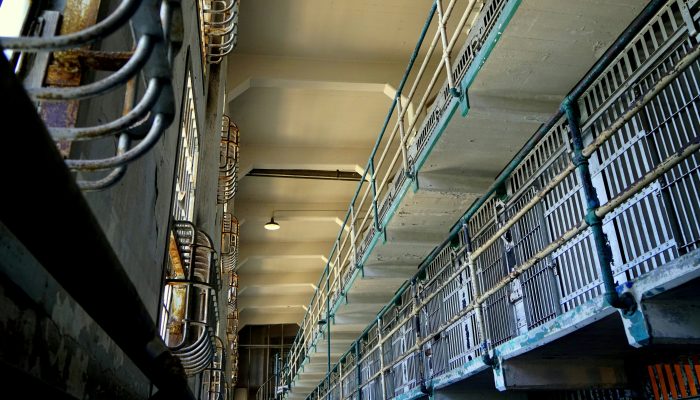Federal Bureau of Prisons (BOP) Director Colette Peters had a new video released in an attempt to clarify the rules under which First Step Act credits are earned and applied toward a term of incarceration. It represents a leap in transparency by explaining both the rewards prisoners can earn to get home sooner and the complexities of the First Step Act, which was signed into law under President Donald Trump in December 2018. A full transcript of the video is available here.
The BOP’s video demonstrated both how far the Agency has come in implementing the First Step Act but it was also an effective way to communicate to both prisoners and staff about the attributes of the law. This video comes after a report by NBC News about how many prisoners are being left in prison longer than necessary. Case managers, who are on the front line of implementing this law, are encountering problems because of own their interpretation of the law and halfway house capacity issues. It is a complaint I often hear from prisoners who feel that they are not getting the full benefits of First Step Act.
In 2013, the BOP issued guidance on the challenges they had with capacity at halfway houses across the country. The memo, written 5 years prior to the First Step Act which requires even more halfway house space, stated “The Bureau’s RRC resources continue to be limited and must be focused on those inmates with the greatest need and the highest risk of recidivism.” The criteria for halfway house placement of prisoners is to consider community safety and the need to provide supervision to those who need the services, such as housing, as they transition back into the community. Even with the advent of the First Step Act, halfway house capacity is still a problem and there will growing demand as the law will place more people in halfway houses for longer periods of time.
Counter to the BOP’s guidance to place those with needs in halfway houses, the primary beneficiaries of First Step Act sentence reduction and extended halfway houses are those who have minimum or low chance of recidivism or violence, which is measured by the BOP through the use of a PATTERN score. The lower the PATTERN score, the lower the chances of future violence or a return to prison. However, the 2013 guidance and other BOP program statements mention that halfway house placement should not be given to those least likely to reoffend because “… research indicates that inmates with low needs and a low risk of recidivating who are placed in an RRC [halfway house] do not benefit from the placement and could become more likely to recidivate than if they received no placement.” I could find no citation for research that would explain how those prisoners who have been identified the least likely to commit another crime become more likely to do so if given the benefit of being in the community at the end of their sentence. One former BOP executive stated that the reasons for such a claim could be because both high security prisoners mix with lower security prisoners and influence negative behavior. Again, there is no research to corroborate this claim.
Case managers in the BOP are on the front line of implementation of the First Step Act but it takes others in the BOP to work in conjunction with them to get the outcome that many prisoners were promised. As prisoners near the end of their sentence, case managers submit a referral to Residential Reentry Managers (RRMs) who coordinate the flow of prisoners from institutions to the community (halfway house or home confinement). These RRMs reply back to case managers with a date that states when the prisoner will leave the institution for prerelease custody. However, many prisoners tell me that the BOP could do more to return them to the community sooner, something that lawmakers considered when they passed the First Step Act.
You can read the full article at Forbes.

